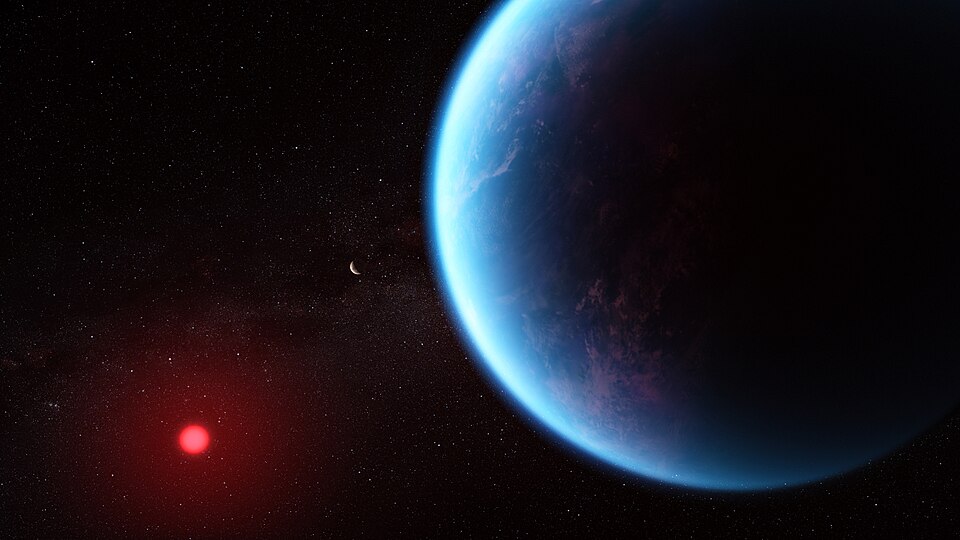Astronomers Identify Habitable 'Super-Earth' 35 Light-Years Away

In a remarkable advancement in the field of astronomy, scientists have identified a system of five rocky planets orbiting a small, cool star known as L 98-59, located 35 light-years from Earth. This discovery, which includes a 'super-Earth' situated within the habitable zone of the star, has ignited excitement among astronomers regarding the potential for life beyond our solar system.
The L 98-59 system was first observed by NASA's Transiting Exoplanet Survey Satellite (TESS), which detects exoplanets by observing the dimming of stars caused by orbiting planets. Initial findings revealed three planets—designated L 98-59 b, c, and d. Subsequent analysis, utilizing high-precision data from both TESS and ground-based instruments, confirmed the existence of a fourth planet (L 98-59 e) and a fifth planet, L 98-59 f. The latter is particularly intriguing, as it is estimated to possess a mass nearly three times that of Earth and receives a similar amount of energy from its star as Earth does from the Sun, suggesting conditions may be ripe for liquid water.
This extraordinary discovery underscores the significance of the L 98-59 system as a natural laboratory for studying planetary formation and the essential ingredients necessary for life. According to Dr. Jane Smith, an astrophysicist at the Massachusetts Institute of Technology (MIT), "The potential for liquid water on L 98-59 f enhances its profile as a candidate for supporting life, making it a focal point for future research."
The L 98-59 system displays a diverse array of planetary compositions. The innermost planet, L 98-59 b, is smaller than Earth, while planets L 98-59 c and d may be characterized as tidally heated volcanic worlds or could even host vast oceans. The confirmation of these planets adds to a growing list of multi-planet systems, such as TRAPPIST-1, which have become pivotal targets in humanity's quest to understand the processes of planet formation around red dwarf stars.
NASA continues to lead in the exploration of exoplanets, with missions like TESS providing foundational data for these groundbreaking discoveries. The James Webb Space Telescope (JWST) now plays a critical role in follow-up atmospheric studies of these distant worlds, searching for vital clues regarding their chemical compositions and the potential for life. Dr. Emily Chen, an astrobiologist at Stanford University, emphasized, "Understanding the atmospheres of these exoplanets is crucial in our search for extraterrestrial life. The data collected will help us evaluate their habitability."
The implications of the L 98-59 discovery extend beyond scientific curiosity, influencing our understanding of life's origins and the broader cosmic context in which Earth exists. As astronomers continue to unravel the mysteries of these exoplanets, they inch closer to answering the profound question of whether humanity is alone in the universe. With ongoing advancements in technology and observational techniques, the future of exoplanet exploration appears promising, potentially leading to further groundbreaking discoveries in the quest for life beyond our solar system.
Advertisement
Tags
Advertisement





